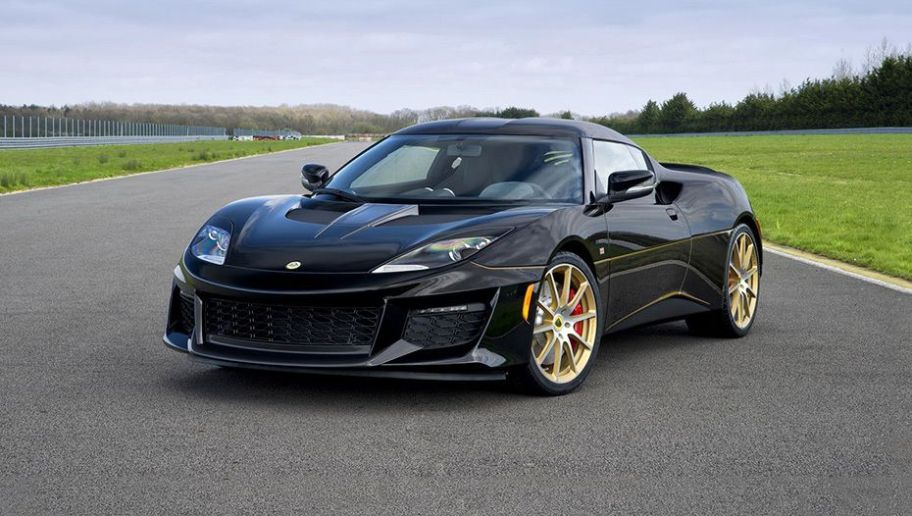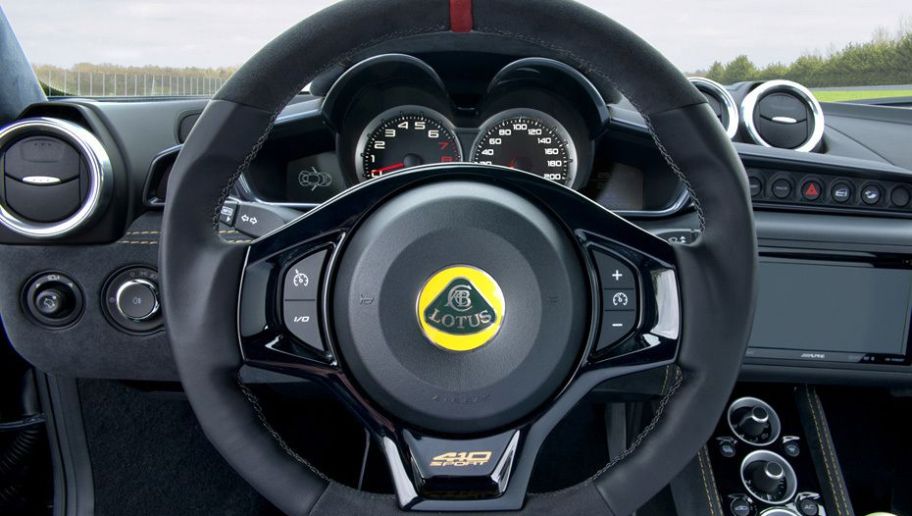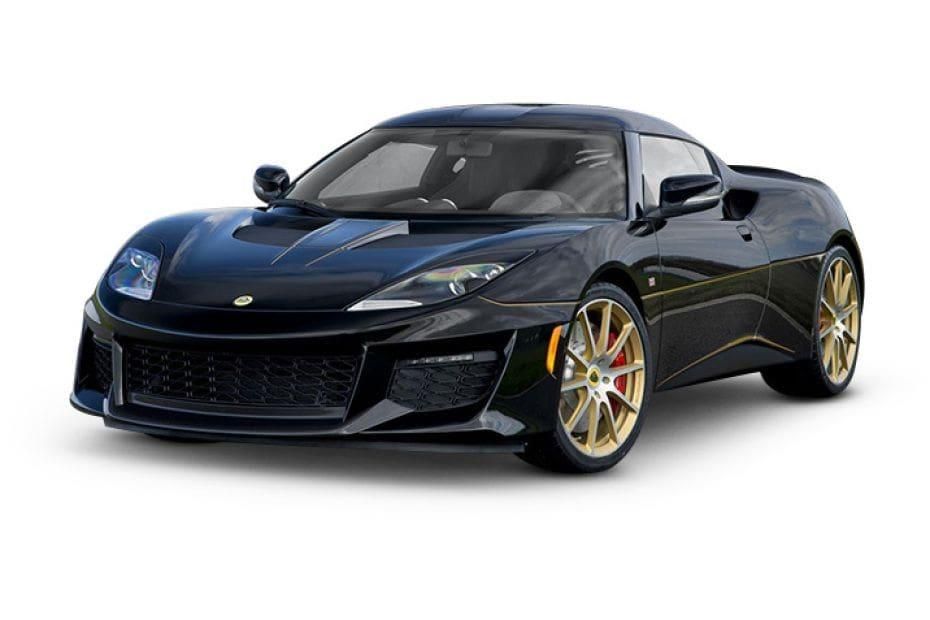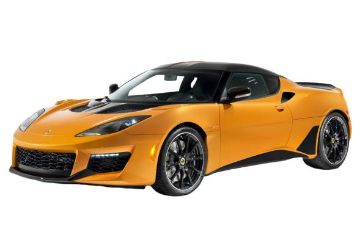Lotus Evora Overview
‘Simplify, then add lightness’. Such is Lotus’s mantra that has stayed true to this day since the inception of the company back in 1952 by one Collin Chapman. During the short-lived 21-year Proton ownership from 1996 to 2017, the Lotus Evora was the first car of an ambitious five-year plan started in 2006 to expand the Lotus vehicle line-up.
The Lotus Evora was unfortunately the only model that made the cut, and a rear-mid-engined featherweight sports coupé was born. The stripped-down grand tourer is the company’s only car with a 2+2 seating configuration. Since its official debut in 2009, it has matured over the years, losing its weight while gaining performance, revised styling inside and out with a harder edge.
The 2019 Lotus Evora GT 410 Sport is the latest offering from the British marque, with the GT 410 subsequently joining the Sport as a more civil, Grand Touring-focused sports coupé. Powered by a supercharged 3.5 litre Toyota-derived V6 engine, the car produces 410 Hp (416 PS) and 410 Nm of torque, hence the name.









